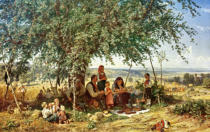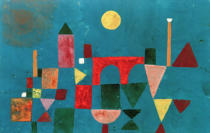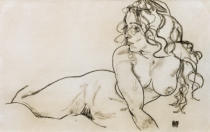All about Fine Art Reproductions
Digital fine-art prints
Art prints are created by artistic printing processes and are intended to reproduce works of art as true to the original as possible. The special feature of art print is the large variety of colours and high quality. The printing process is called art reproduction, and creates a copy of art. Art prints and posters are very different in quality and durability, but since most people do not know the differences, the term poster is also often used for an art print.
General information about the digital printing process
Digital printing, also known as DDP (Direct Digital Printing), is a fast printing process. The printer receives data from a computer and can generate prints in no time. The ink is transferred directly to the print substrate and no solid printing form that cannot be changed is needed. The printer does not touch the paper (NIP, Non-Impact Printing). The digital printing process is the most flexible and a variety of prints can be printed in a row. The selection of motifs, sizes and papers is huge; the digital art print allows individuality. Small print volumes and even single prints can be printed for a good value for money using the digital printing process. To reproduce art, the photograph of the original must be edited before printing, so that the print looks faithful to the original. Most of the images get a yellowish tint through the large format photography and a colour correction must be made. The sector and sharpness of the image may be adulterated, also unpleasant scratches and dust can be seen, all this is corrected by a professional image editing and part of the art reproduction in digital printing.
Printers
To produce digital prints, laser or inkjet printers are usually used. The laser printer works by static electricity. It saves and prints entire pages at once. Inside the laser printer a laser beam scans back and forth across a drum, generating pattern of static electricity. The "charged" areas adhere with colour powder, which a fuser with a temperature of 200 ° C bonds into the paper. The inkjet printer prints pictures line by line. The print head contains glands which spray the ink onto the fabric. The inkjet can be generated either by heat or electrical impulses. The heat or electrical impulse causes "discharging" of the paint chambers. Modern inkjet printers use, in addition to the four basic colours (cyan, magenta, yellow, black) even more inks. Through the use of additional inks, a work of art can be reproduced even more precisely because the colour space is enlarged and the individual colour shades and mixed colours can be imaged much better.
Other digital printing methods
The UV direct printing process is another digital printing process and mainly used for large formats. It uses ink that does not penetrate the print material but stays on its surface. The ink is cured directly after application using strong UV light. The special ink enables to print on almost any fabric. Examples of art prints using the UV printing processes are glass paintings, Aluminium composite direct prints and wallpaper. The latex printing process is one of the most environmentally friendly printing processes. Latex ink is based on water and contains no volatile solvents. The ink is applied dropwise to the material via the print head and cured at 90 ° C. The latex ink stays slightly elastic after hardening. Latex prints are not prone to scratches, durable and light and water resistant. Fabrics and foils as well as stickers are printed using the latex printing process. Sublimation printing is a method in which the ink is evaporated (sublimated) into the print substrate. A special ink must be applied to a foil first, which is than sublimated under very high pressure and high heat in the material. The ink becomes gaseous from the solid state and combines with the substance without changing its structure. This printing process is mainly used for textiles, ceramics and glass. The advantage of sublimation prints is, that they dont look like a print, because colour and fabric become one unit. Solvent printing uses ink containing solvents. The solvents change the surface of the print carrier so that the paint can bond with the substrate. Solvent prints are long lasting and are mainly used for outdoor prints. However, solvent prints are more harmful to the environment and smell unpleasant.
The colour result
To create a high-quality art print, it is important to work with a modern high quality printer. Digital art prints at kunst-für-alle are printed individually with a Canon iPF 9400 large format printer. This inkjet printer has a 12-color ink system and can print a large colour spectrum with many colour gradations. The original work of art is reproduced very precisely in all its colour variety and does not lose its impact. Another advantage is environmentally friendly solvent-free ink.
Advantages of digital art prints
Digital art prints can be produced individually and quickly because no fixed printing form is needed. Digital printing does not need to be prepared for a long time; the computer sends data to the printer and the art print is directly printed out. There is a wide selection of art papers, photo papers, canvases, wallpapers, aluminium composite panels, art cards and even glass, since almost every material can be printed using the various digital printing processes. To the large selection of substrates for the picture comes the possibility to choose between many different sizes. Art prints become perfect murals by further embellishing with picture frames and surface finishes. Even for such embellishments, there is a large selection that can be chosen individually.
The digital printing process turns a photo on canvas into a work of art, and makes a printed painting







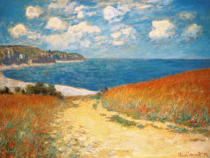
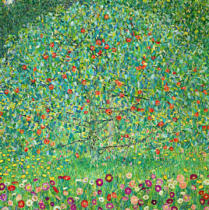

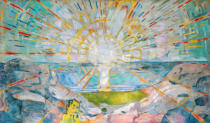
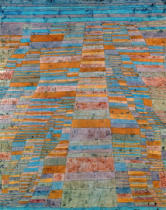
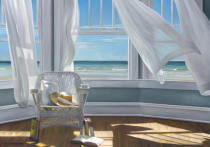


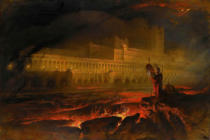
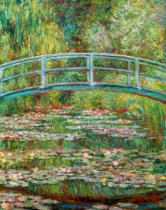

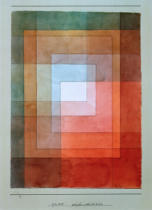
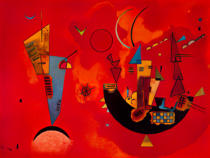
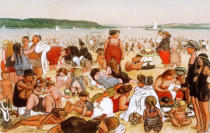
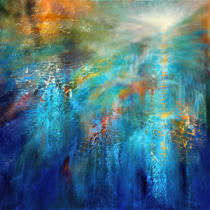


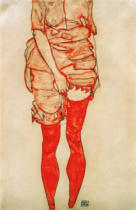
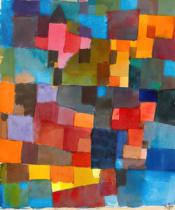


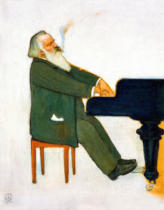

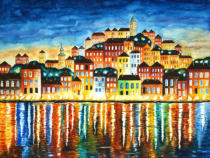
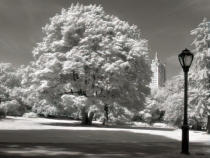
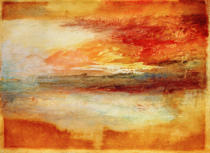
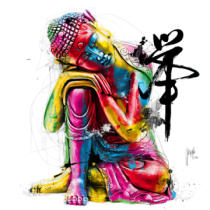

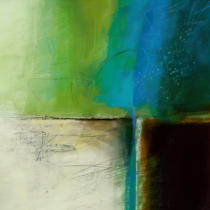

.jpg)
